Safari and Google Chrome compete closely for the top spot on the Macs. While Safari comes built-in with macOS, the Chrome enjoys a significant market share across platforms. Apple has upped the ante with new Safari refresh in terms of looks and performance with the new macOS Big Sur update. To catch up, even Google pushed a massive performance upgrade to Chrome, one of the biggest in years, recently. That does makes us revisit the classic dilemma of picking a browser for Mac – Chrome or Safari? So we decided to compare the respective refreshes in this post.

We will compare both the browsers on grounds of their interface, features, themes, news integration, extensions, password management, and more. Let’s start with cross-platform availability.
Cross-Platform Availability
As its case with every Apple software, the Safari browser is only available on iOS, iPadOS, and macOS. While in Chrome’s case, you can access the browser everywhere. It’s available on iOS, Android, macOS, iPadOS, Windows, and Chrome OS.
User Interface
Safari received a much-needed design makeover with the macOS Big Sur update. For starters, you can easily change the background wallpaper on the Safari homepage. You can select a custom wallpaper from your Mac a well.
As for customization, you can choose to keep favorites, privacy reports, Siri suggestions, a reading list, and more on the homepage. The tabs also got a nice visual touch. When you hover the cursor on a tab, it will showcase the live preview of the webpage.
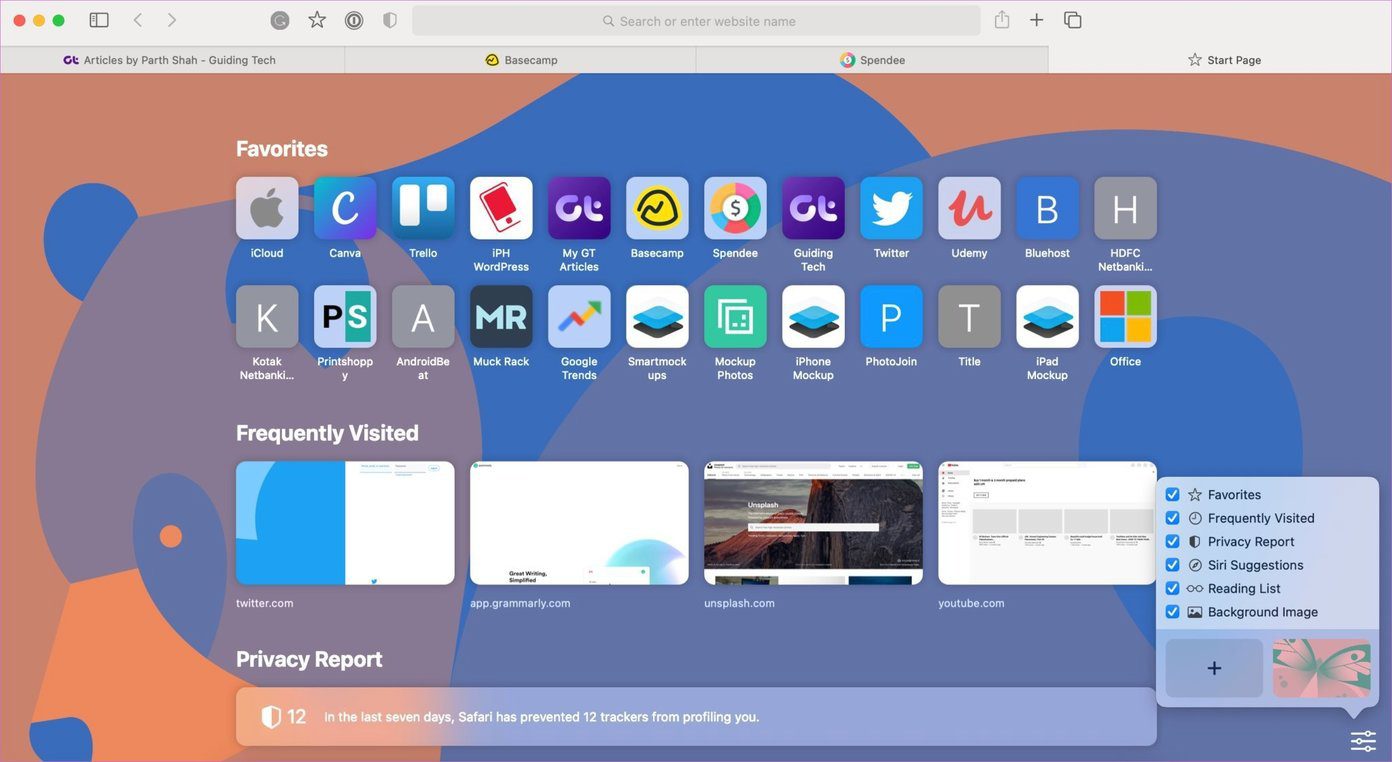
The extensions (more on that later), history, reading list, and share menu sit at the top. You can make the best of those features by mastering keyboard shortcuts for quickly accessing and navigating the options. If you love the dark theme, it also supports the system-wide dark theme introduced with macOS Mojave.
Google Chrome continues to stick with material interface design guidelines. You will notice rounded corners and a lot of whites all over the place. That said, you can change the default theme by picking a new one from the Chrome Theme Store and browsing through hundreds of ready-to-go themes available.
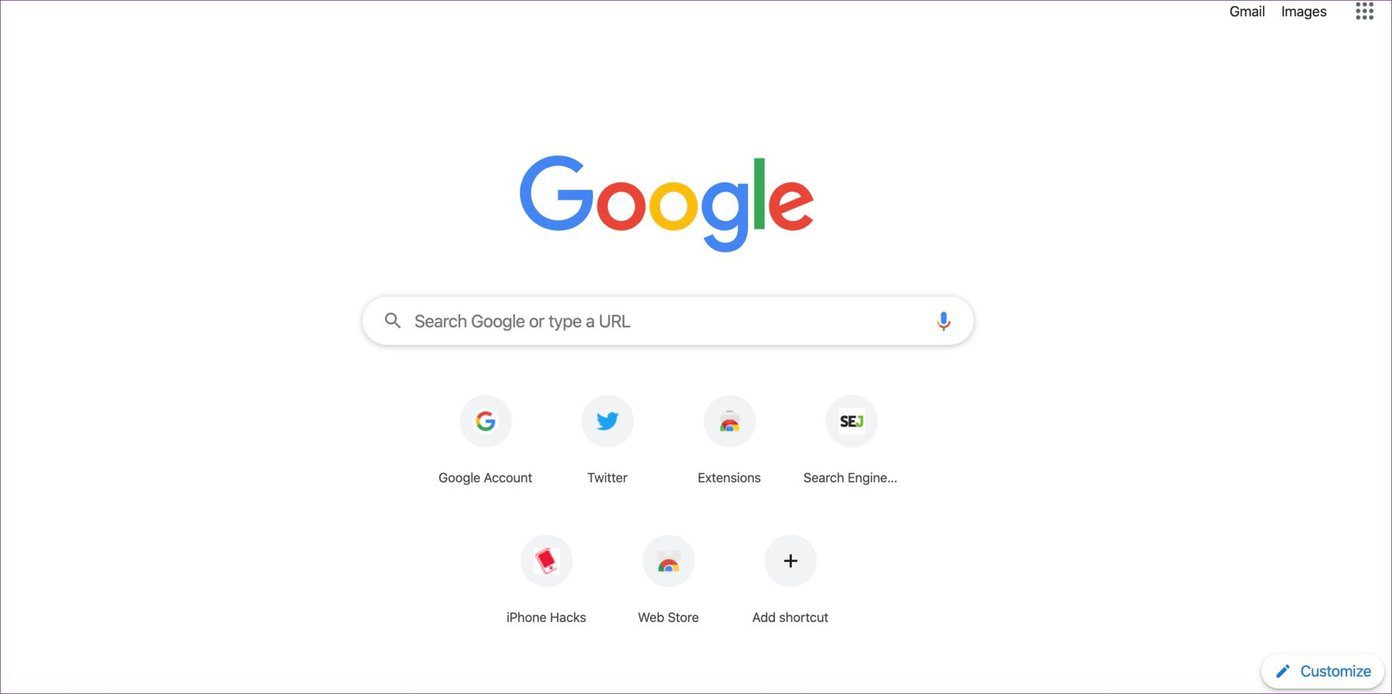
Features
It’s understandable if you demand your favorite browser to offer different functions than just loading pages faster. Safari offers a clean looking reading mode that strips away the unnecessary elements from a webpage such as ads, social integration, and comments.
You can customize it by changing the font style, size, and background color of the reading mode.
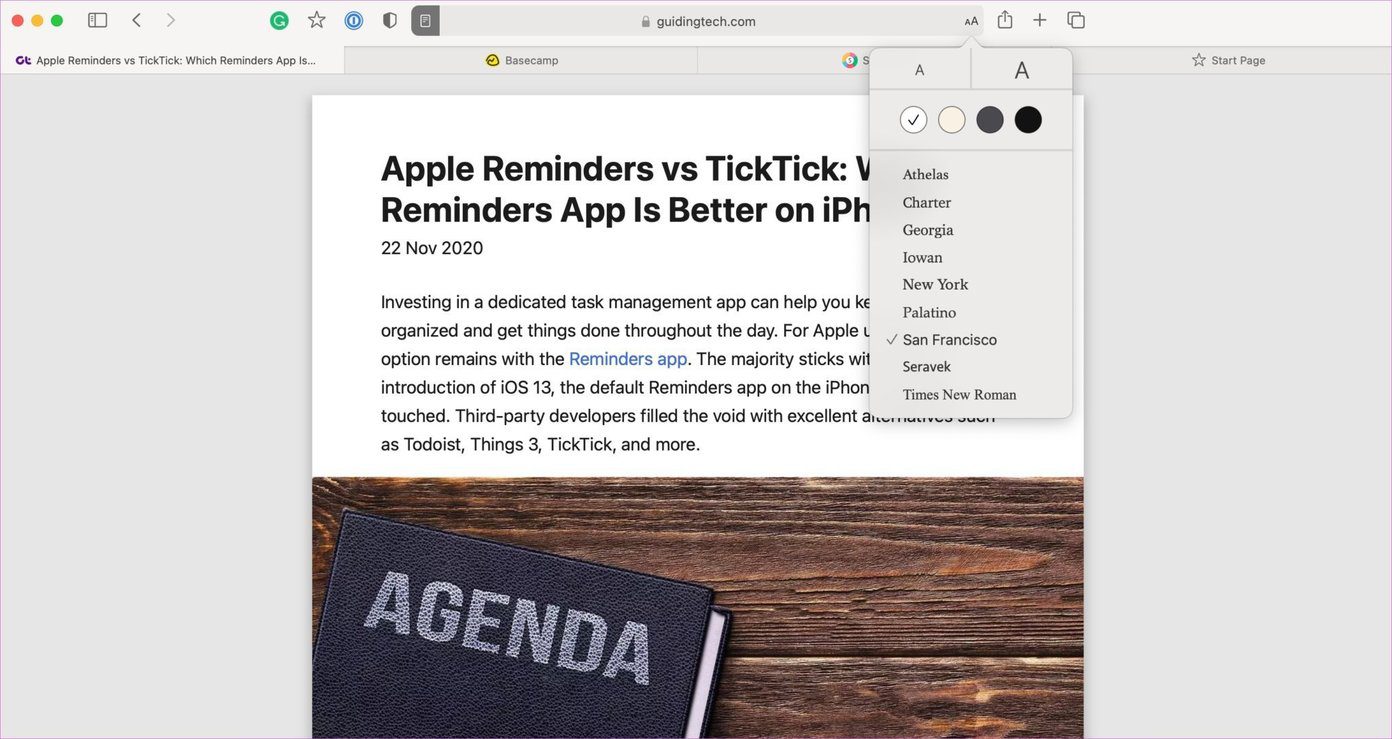
Safari enjoys a seamless integration between iOS and macOS. Tap on the tab switcher, and the browser shows the tab opened on your iPhone. Similarly, when browsing on iOS, the handoff function will let you carry-forward the same webpage on macOS.
You can also use the default Spotlight Search (Command + Space shortcut) and start typing the webpage name, and it will show the suggestions from the Safari history. I use it frequently to visit a webpage without opening the browser. The functionality is not available for third-party browsers.
Google Chrome also offers a syncing capability, but it’s hidden in the Options menu. Go to History > Synced Tabs, and that’s where you will see the opened Chrome tabs on iPhone or Android. Yes, it works with Android too.
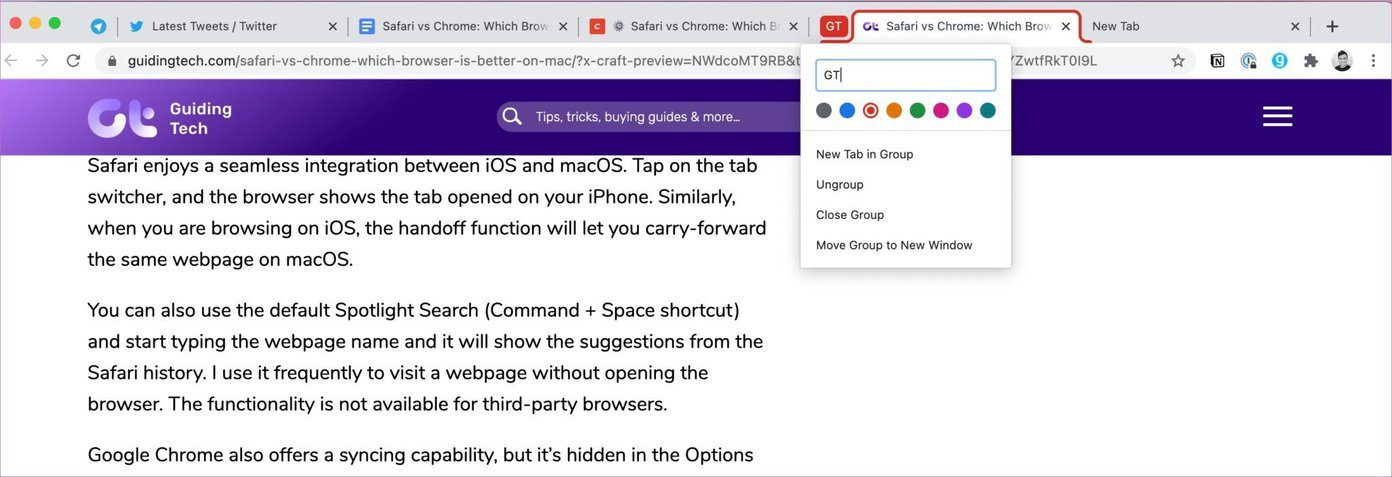
Unfortunately, Google Chrome doesn’t offer any native Reading Mode. My favorite Google Chrome function is group tabs. You can create multiple groups based on a specific topic and arrange tabs. It’s really helpful when you are researching multiple websites at a time with dozens of tabs open.
Extensions
In terms of extension support, Safari falls behind Chrome. The extension list is limited, but it gets the basic extensions to get things rolling. That said, you will have a hard time searching for an extension for every need. Go to Safari > Safari Extensions and install it from the list.
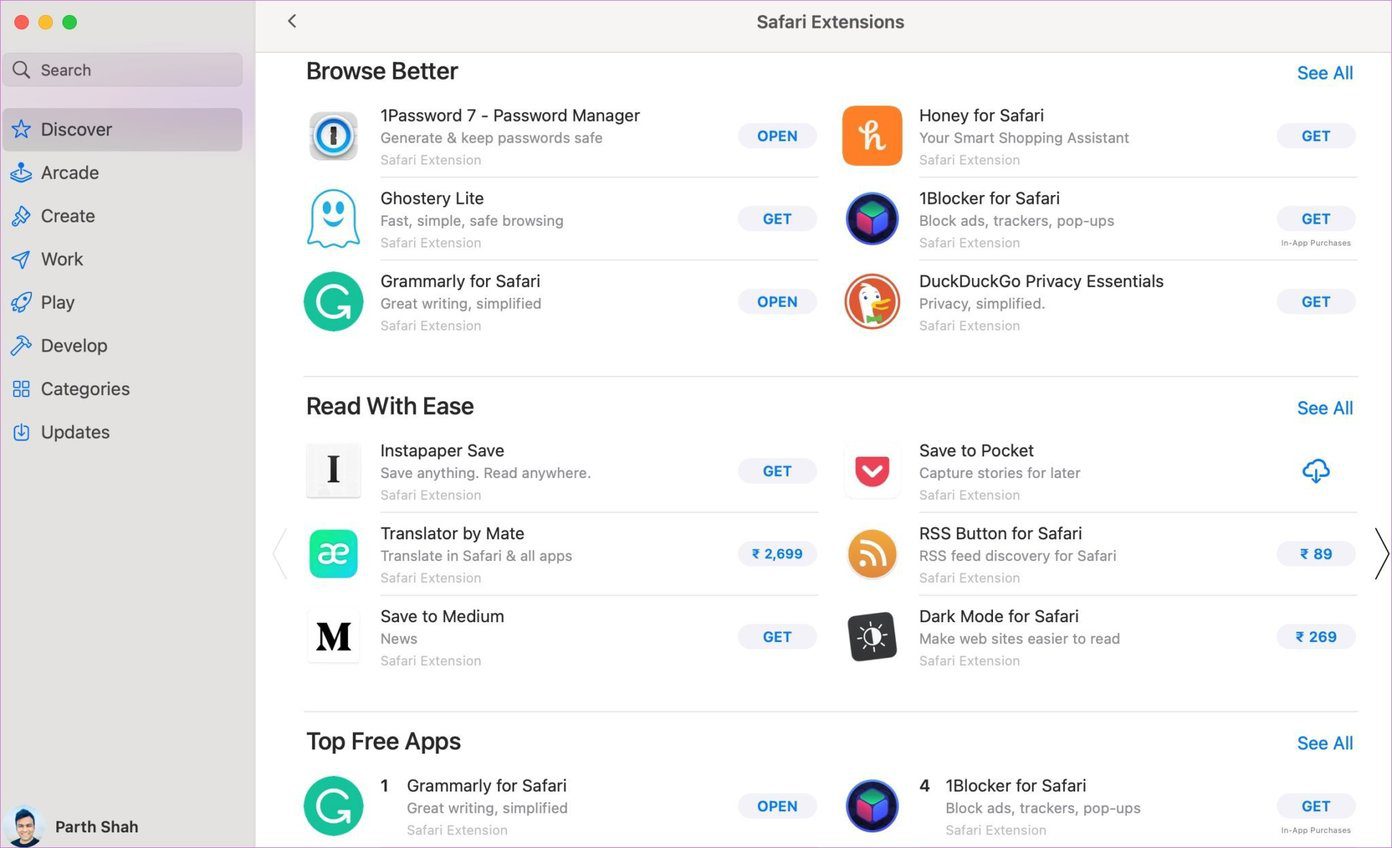
You can manage them by going into Preferences > Extensions and integrate them into your browser experience.
Google Chrome offers a rich collection neatly categorized into different sections. There is an extension for every use scenario.
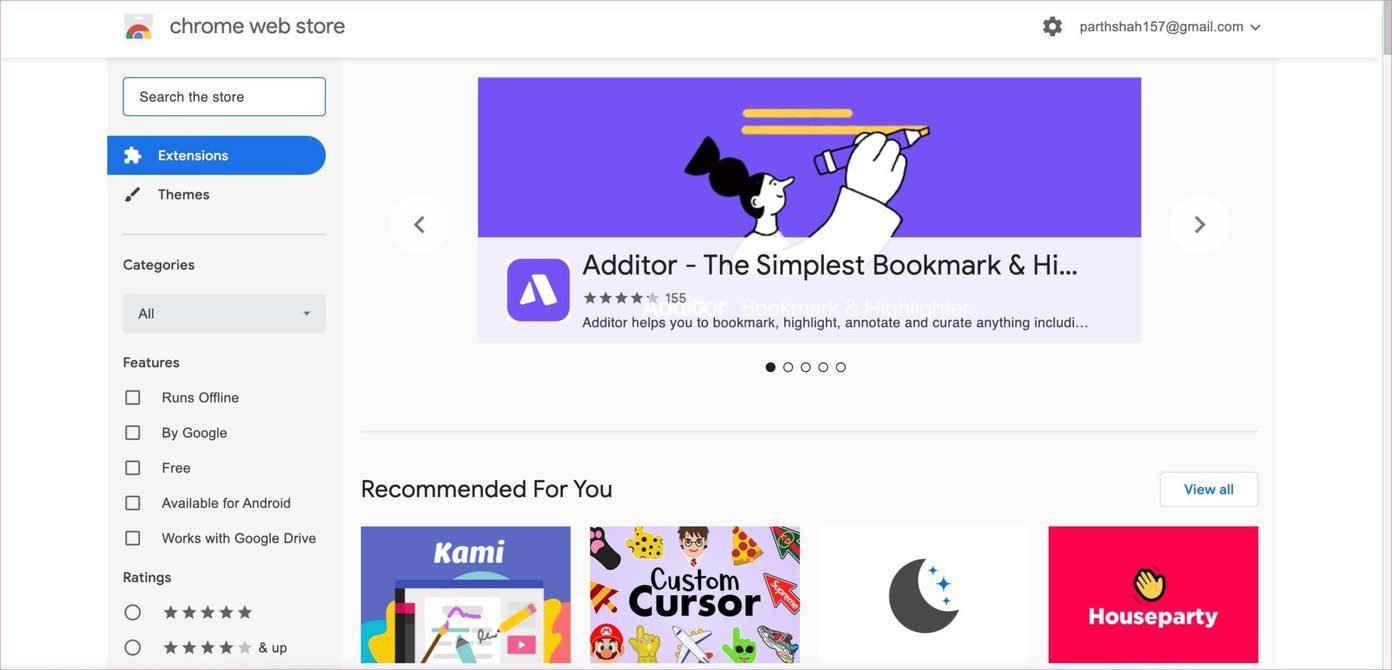
Web Compatibility
Google Chrome uses the Chromium web engine to load webpages. It’s a universal standard used by most browsers such as Microsoft Edge, Brave, and Opera. You won’t have any issues loading and browsing webpages.
Safari uses the Webkit engine for rendering and loading webpages. The experience was mostly seamless on both browsers. That said, I did face some hurdles with a couple of websites where the provider asked me to switch to a chromium-browser.
Password Management
Flawless password management is a key aspect and also a necessity for a dependable browser experience. Safari stores all the credentials into the iCloud keychain by default. The next time you try to login to an account, use the login info from the iCloud keychain or tap on the Touch ID to auto-fill details.
Chrome offers Chrome Password management to save and store every login detail. It’s not full-featured password management but has enough functions to get the job done. As a bonus, the service is also available on Chrome Android and iOS.
Privacy
Safari offers a detailed privacy reports suggesting which trackers the browser blocked from the websites you visited. You will be surprised to check how many trackers the browser has blocked in the report at the end of the day.
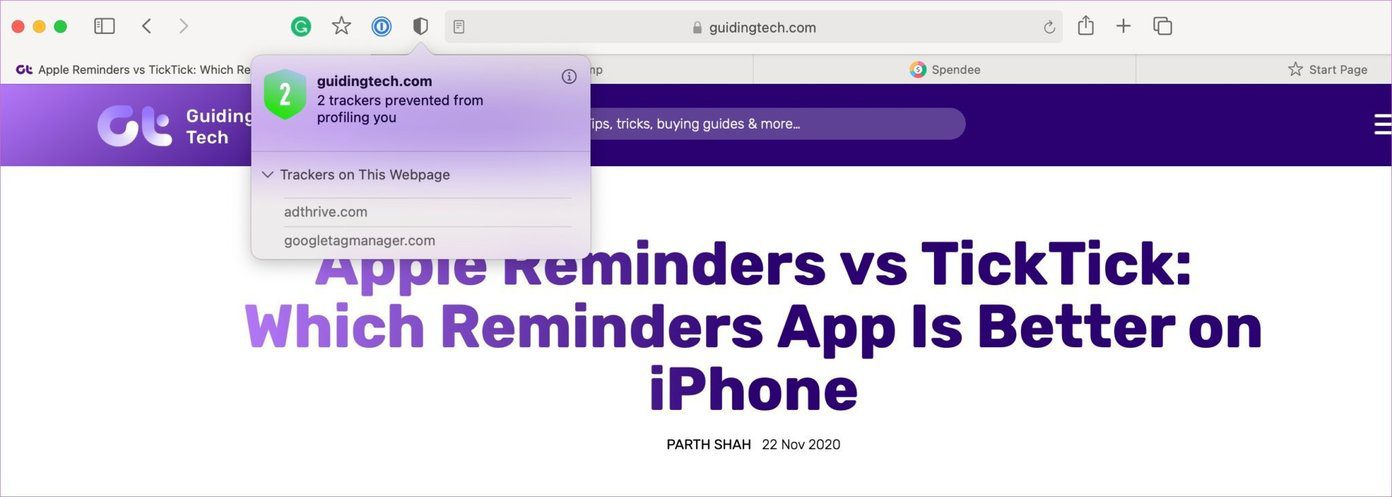
Google Chrome doesn’t offer any data to analyze. But as I mentioned above, you can always opt for an extension to get the job done for you.
Convenience or Features
Those were some key differences between the new Safari and Google Chrome on the Mac. The macOS Big Sur update places Apple’s Safari browser right up there with market leaders like Google Chrome and Firefox. In some areas like customization and privacy, it even beats Google Chrome. Google fights back with multi-platform availability, rich extension support, and flawless performance. ou have to take the call between broader platform availability or sheer convenience at the end of the day.
Next up: Microsoft Edge is another strong contender to replace Safari on Mac. Read the comparison post below to find more details.
Last updated on 13 July, 2021
The above article may contain affiliate links which help support Guiding Tech. However, it does not affect our editorial integrity. The content remains unbiased and authentic.











